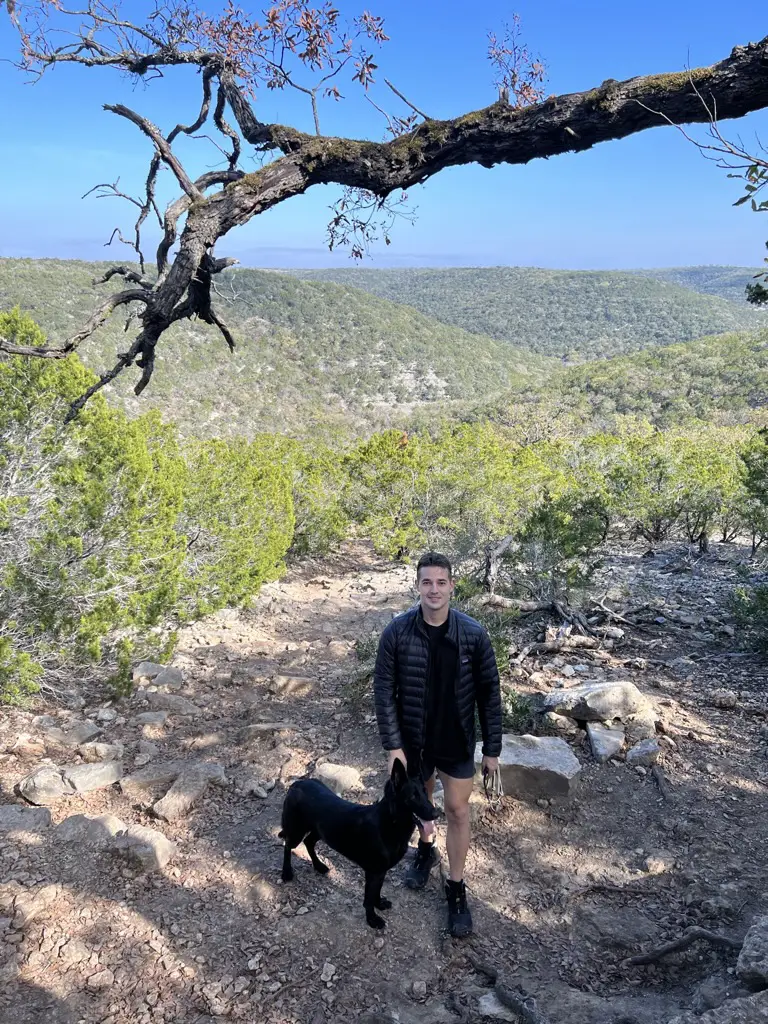We strive to provide you with authoritative, trustworthy, and expert advice. In doing so, the staff at texaswalkabout.com performs extensive research, editing, and fact checking to every post on this webiste. If you feel that this article can improve, please feel free to reach us at staff@texaswalkabout.com
Austin, Texas, is known for its warm climate and mild winters. However, there are times when the temperature does drop, and residents need to bundle up.
So, when does it start getting cold in Austin? In this blog post, we’ll explore when to expect the chillier weather in the city and how to prepare for it.
When Does It Start Getting Cold in Austin?
Despite the official winter calendar running from late December to late February, the actual cold weather in Texas, including Austin, starts from mid to late November and ends in early February[3].
January is typically the coldest month of the year in Austin, with average high and low temperatures of 62°F and 42°F, respectively[7]. In general, nearly half of winter nights in Austin dip to 40°F or less, and on average, two nights a decade drop as low as 20°F (-8°C)[1].
Cold Weather Variability
Austin’s winter weather can be finicky, with temperatures fluctuating significantly throughout the season[2]. Factors such as the El Niño effect and the Texas Gulf Coast can influence the region’s climate, leading to unexpected changes[8].
While prolonged cold spells have not been as common in recent years, Austin has seen freezing temperatures and snow in the past, particularly during the 1980s[8].
Preparing for Cold Weather in Austin
Given the variability in Austin’s winter weather, it’s essential to be prepared for colder temperatures. Here are some tips to help you stay comfortable and safe during the colder months in Austin:
- Dress in layers: With fluctuating temperatures, it’s crucial to dress in layers to adapt to changing conditions throughout the day. Opt for moisture-wicking fabrics to help regulate body temperature and stay comfortable.
- Protect your home: Insulate pipes and water heaters, seal gaps around windows and doors, and clean out gutters to prevent damage from freezing temperatures[10].
- Create an emergency kit: Assemble a kit with essential items like blankets, flashlights, batteries, and non-perishable food in case of power outages or severe weather events.
- Stay informed: Sign up for local weather alerts and follow local news sources to stay informed about any severe weather events or safety advisories.
- Drive with caution: Cold weather can bring icy roads and reduced visibility. Be extra cautious when driving during winter weather conditions, and keep an emergency kit in your vehicle.
Final Thoughts
While Austin, Texas, is known for its warm climate, it does experience colder temperatures starting from mid to late November and lasting until early February.
However, these chilly periods are generally brief and mild compared to other parts of the country. By dressing in layers, staying informed about weather conditions, and taking the necessary precautions, you can fully enjoy Austin’s winter months.

Robert is a native Texan writer for TexasWalkabout, passionate about Texas culture and food, wearing cowboy boots daily. He interviews local pitmasters and chefs, tastes and reviews innovative dishes, and explores hidden gems and iconic landmarks. Graduating magna cum laude in Cyber Security from the University of Texas at San Antonio, Robert excels academically and professionally while also being knowledgeable in Texas history and culture. After living in Texas for over 28 years, he provides first-hand and trustworthy information for all your Texas needs!
